10 tried and tested mulches
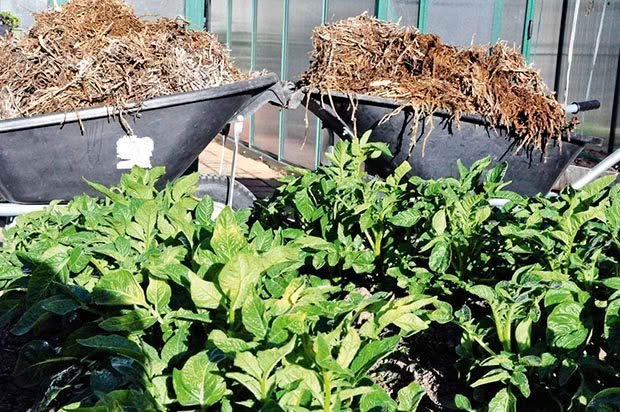
Which mulch is your best ally in the war against weeds?
Words: Jenny Somervell
I’ve tried them all, and despite their virtues, often extolled enthusiastically in garden books, they all have their advantages and disadvantages, and they mention nothing about what to do if you live with an infamous nor’wester like the one we have here in Canterbury.
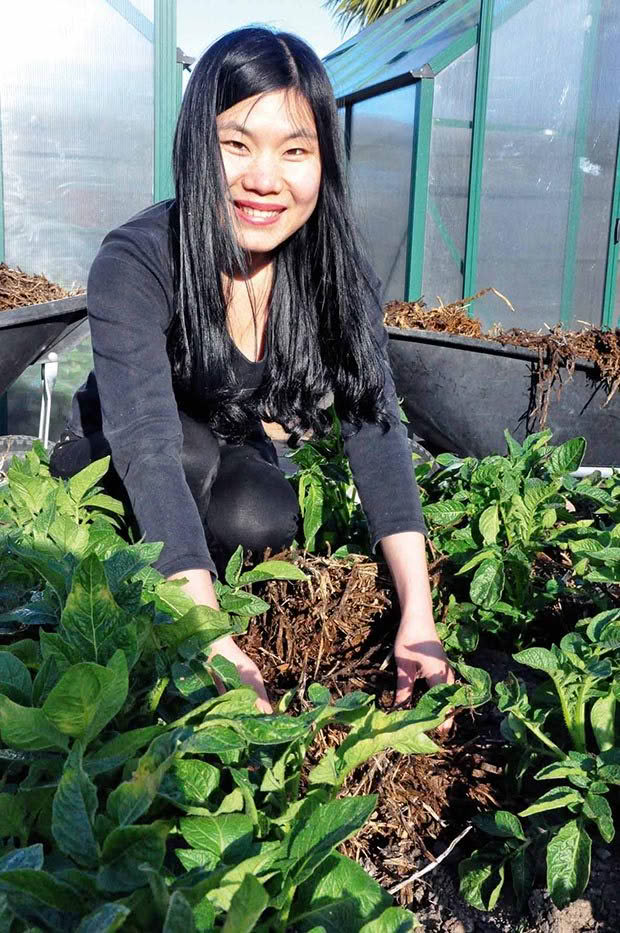
1. PEA STRAW
Pea straw was recommended to us very early on and we still use it. It breaks down relatively quickly and is really a one-season mulch. However, it has its problems. The birds love it so the well-kept, tidy look I strive for with raised beds and brick paths is completely wrecked by birds spreading pea straw everywhere. Unless you like the wilderness look, be prepared to be annoyed. Also, unless you know the source, the weed seed and chemical content is unknown. I am pretty sure we introduced nettles and a good crop of dock which was hiding in our pea straw one year, and wild peas of course!
2. LAWN CLIPPINGS
In small doses lawn clippings can work quite well. They are easily spread, even around small plants, but a little and often is better than thick layers. Thick layers tend to compact and rot, becoming slimy and smelly and often resulting in a build-up of trapped heat which can damage plants. If, like us, your lawn tends to the wild side with flowering clover and dandelions, avoid mulching when these are in flower or you risk seeding a new crop of weeds.
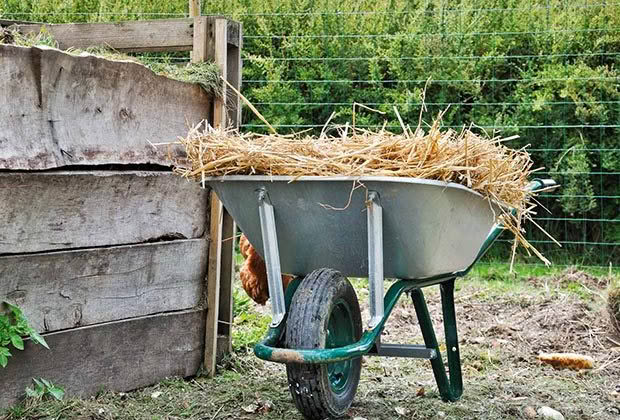
3. NEWSPAPER
Best used as a base layer with a heavier mulch on top. Newspaper or cardboard layers can work well when laid thickly, and pre-soaking will increase weight and help to keep the mulch down in windy climates. Overlap the wads of newspaper so that weeds don’t come up between them. Avoid trying to lay newspaper and cardboard in windy weather.
To plant in it, you have to cut through the layers; alternatively mulching around planted plants can be fiddly.
4. SAWDUST
Sawdust has a very high carbon-to-nitrogen ratio (500:1) and can temporarily deplete soil of nitrogen. As the bacteria and fungi that break down sawdust multiply, they remove nitrogen from surrounding soil for their growth. Offset with a nitrogen-rich fertiliser, or better still, mix it with animal manures. Only use sawdust from untreated timber.
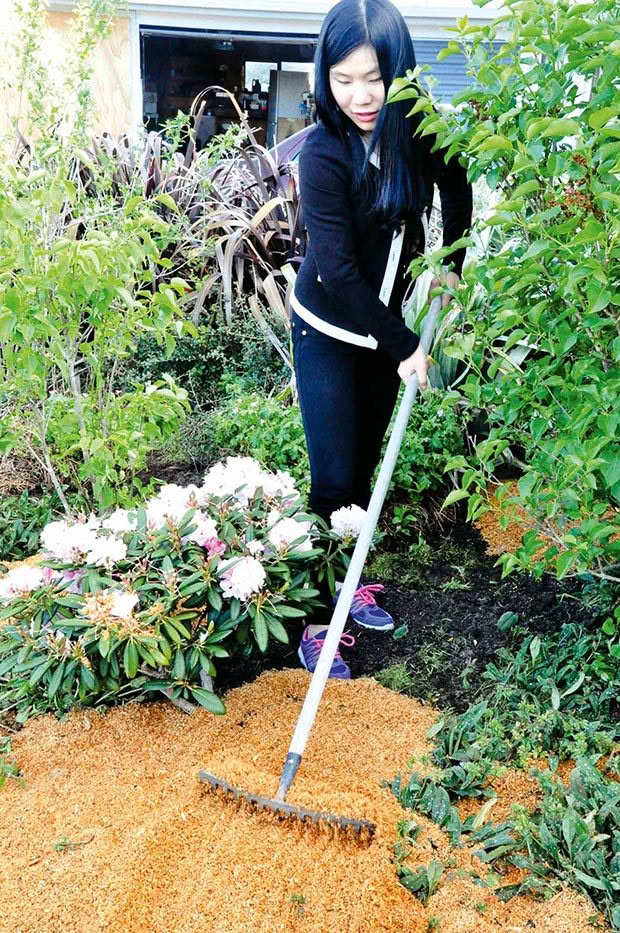
5. BARK
Untreated bark chips are popular in landscaping and work well if plants have hard woody stems. Depending on the size of the chips, they may take three or more years to break down but will eventually improve soil. Small chips are easier to spread especially around small plants. Like sawdust, decomposition can cause temporary nitrogen depletion.
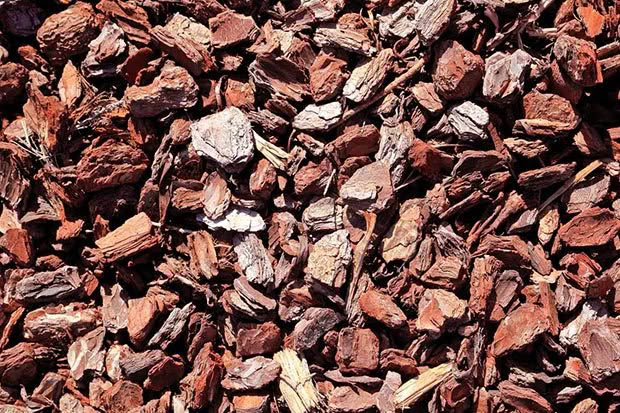
6. COMPOST
Compost is partially decomposed organic waste and contains nutrients that are available to plants. Compost can be safely put in contact with young plants. Its dark colour absorbs heat and promotes warming of the soil. However, weeds love compost too – it is an ideal growing environment for seeds and, depending on how high the temperature rose in the decomposition process, may host weed seeds. I’ve had success covering the compost layer with weed-supressing mulches such as bark, sawdust, or pea straw.
7. SEAWEED
If you can get it, seaweed makes a very fertile mulch for produce, containing every mineral needed in plant-available forms such as chelates and colloids.
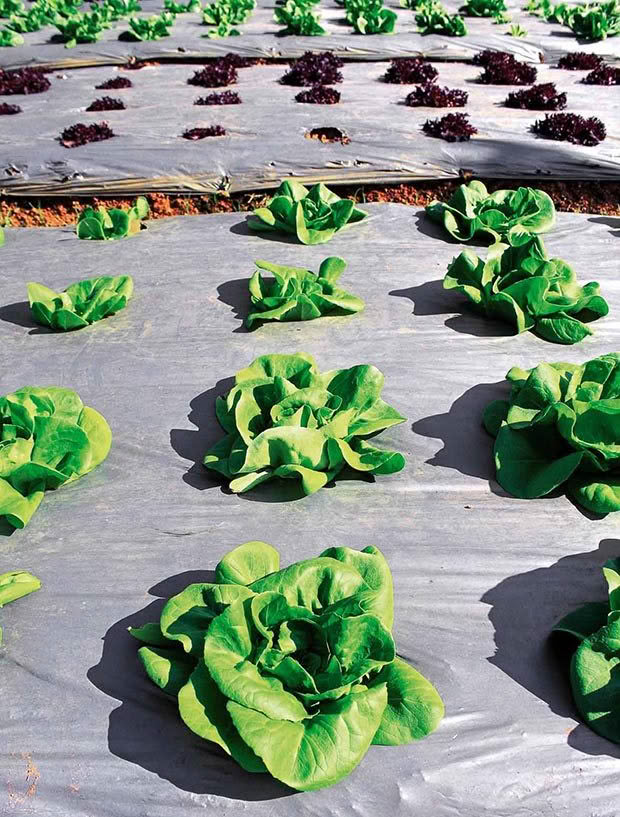
8. COMFREY
Comfrey leaves laid as a layer on the soil around potatoes and tomatoes break down quickly if kept moist, releasing potassium and a host of useful nutrients. Against advice, I planted a patch of comfrey next to our compost heap as it is a good activator in compost. Of course, it has sneaked through the fence just as predicted.
9. PLASTIC
Black polythene absorbs heat, prevents weed growth, and can be used to kill weeds. However, it also stops air circulating to the soil, can become a home for slugs, and becomes brittle with age.
10. CARPET
My sister is a carpet gardener and she swears by it. “It takes ages to break down. You can scrounge it for next to nothing, and it forms a solid impenetrable mat.”
THE BEST MULCHING TOOL EVER
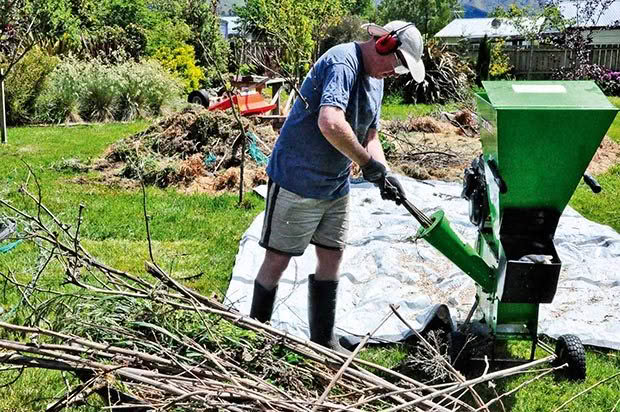
A couple of years ago we invested in a garden chipper/mulcher for dealing with our dead heads and prunings. We had developing hedges, 30-odd fruit trees, and a large working herb garden, all growing fast. We were advised not to buy a small machine as it wouldn’t handle decent-sized wood so the investment was quite high. My husband likes this machine so much that he leaves it on the patio, available for his instant use and constant amusement. I am sure it would be better off in the shed, but unlike some chipper-owners we know, at least ours get used!
I see no sense taking good green garden waste off property. We never produce large amounts but there is something satisfying about recycling your own garden clippings and it sure beats turning a compost heap, a job I went off years ago.Where we have used the mulch the results are obvious: far less work weeding, more moisture retention, nutrient return and improved soil structure. The somewhat twiggy mulch suits herbs, providing better aeration around the roots than pea straw, and it doesn’t attract slugs.
Was it worth it? Apart from a well-justified neighbourly complaint when chips started rocketing over the fence on one particular day, it has all gone chippingly well.
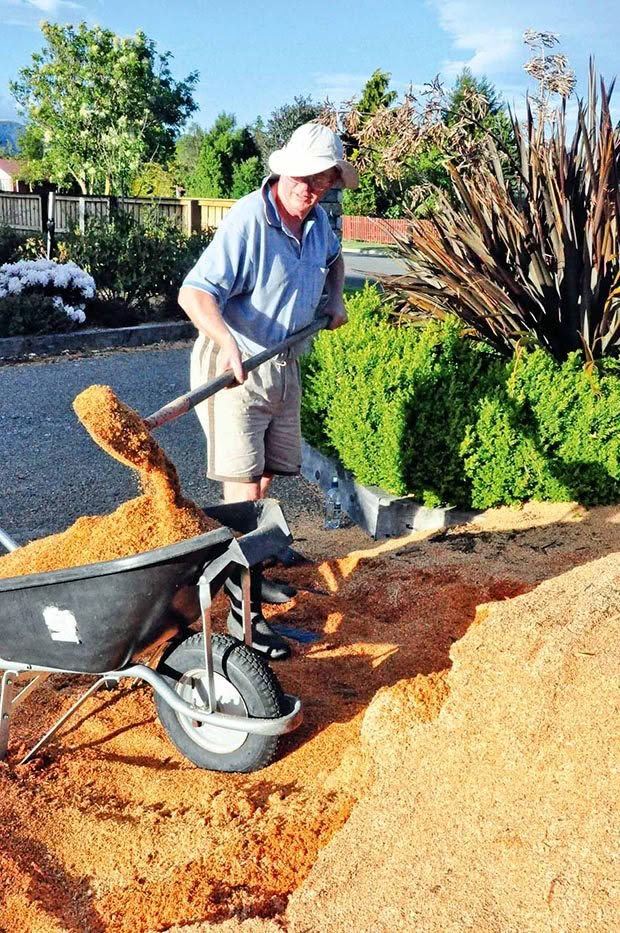
JENNY’S 5 TIPS FOR GOOD MULCHING
1. Weed the ground first.
2. Don’t scrimp: use a minimum layer of 10cm and up to 20cm – too little and the weeds will simply grow through it.
3. Mulch will settle over the growing season so expect to have to top it up periodically, usually in autumn.
4. Try to keep the stems of plants free, especially from organic mulches. Leave a 5cm space around the base of plants to increase air flow.
5. Keep mulch at least 10cm away from tree trunks to prevent rotting.
Love this story? Subscribe now!
 This article first appeared in NZ Lifestyle Block Magazine.
This article first appeared in NZ Lifestyle Block Magazine.
